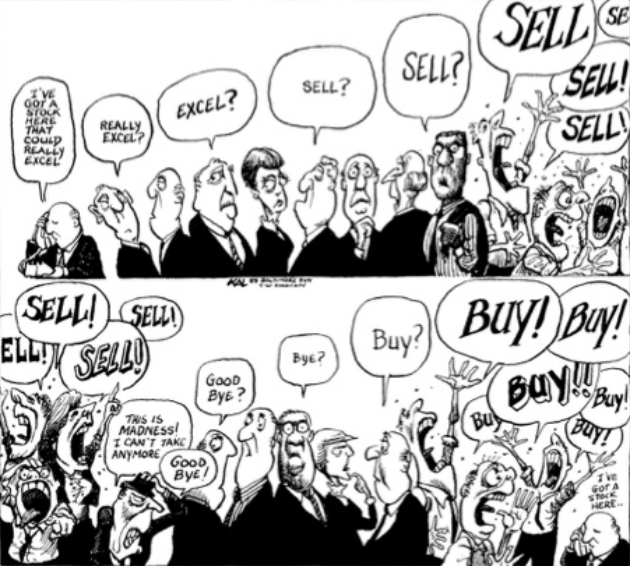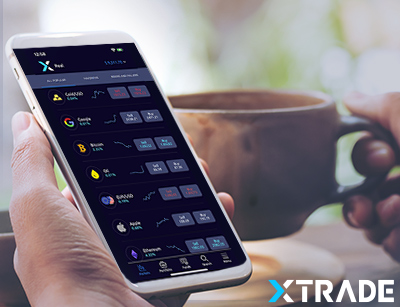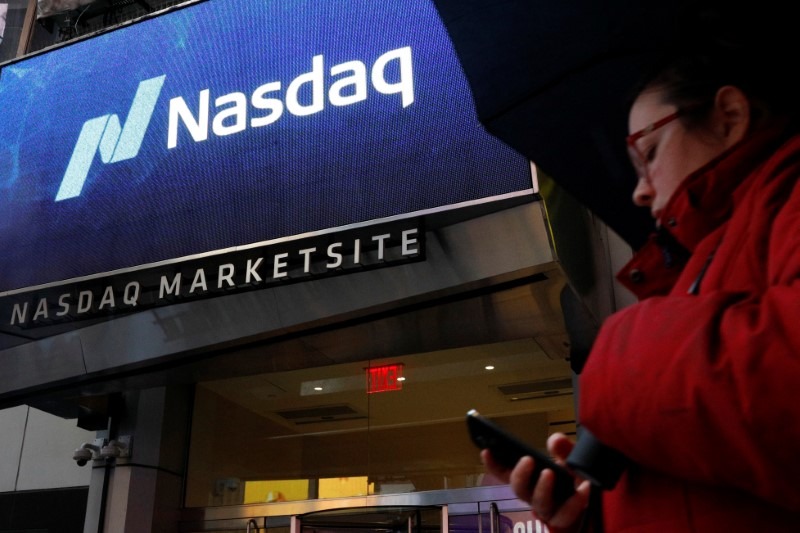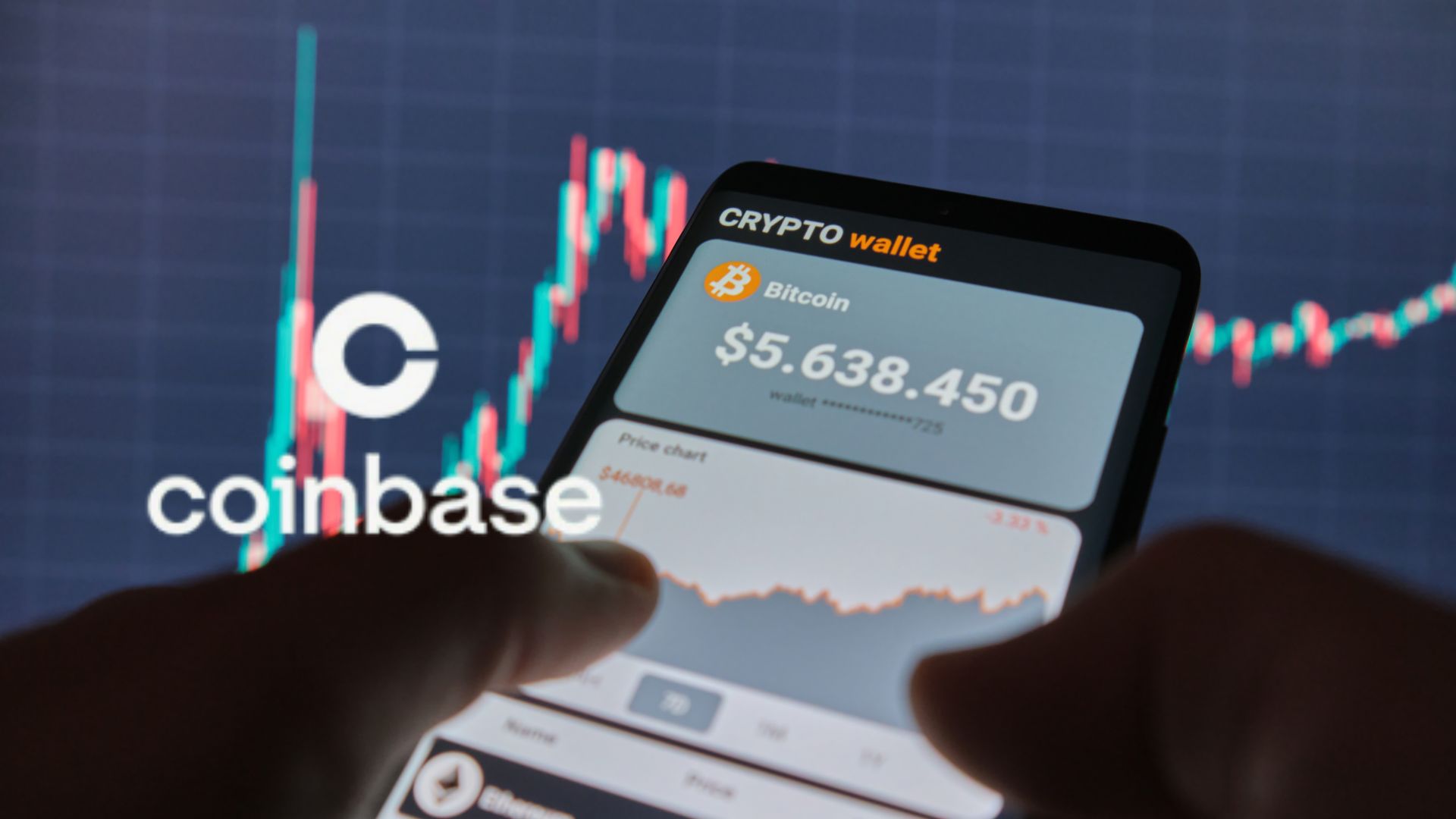Day Trading Forex Live during Active Market Hours
By Content-mgr - on April 10, 2016Day trading forex live during the best market hours results in better risk-reward exposure. Momentum traders use these active hours, so as to avoid false moves.
Day Trading Forex Live during Active Hours
Day trading forex live during the most active market hours is essential to momentum trading. Day traders expecting to ride 30, 50 or 100 pip moves cannot trade at any other time. Trading outside the active time zones results in too much poor judgment due to confusing price action. And it all has to do with trading volume. The average forex rate makes solid moves only during the active hours. Trading the forex market will still be a confusing and extremely difficult task at times. Even within the active trading time zone. Volatility however is clearer, there is momentum and follow-through in every move. So that even if the day traders gets the direction wrong. They can quickly hedge the losing trade with a another trade in the opposite direction, and twice the size. And they can get out at a break-even point, soon enough. Or even exit at a profit, through the hedging trade. Forex day traders use intraday pivot numbers, as defined by various trading theories. These numbers identify price reaction levels, risk levels and sideways trading range. On most days, these numbers are useful and make sense. Even the trading range numbers which define sideways market action are useful. Because the range defined is large, for example it can often be as much as 200 pips. And all the trader does is buying and selling at the levels defining this range. Profits can be seriously big on such days. Day trading forex live during active hours, and especially on news days, results in solid profitable trends.

Day Trading Forex Live Just before And during Active Hours
Day trading forex live just before and during the active trading time zone, is about divergences. If the market seems to trade higher or lower than yesterday’s range. Especially before active hours, where important economic news is to hit the market. Then market price will sweep through yesterday’s close, at least once. By knowing this, traders buy or sell pre-active session price swings accordingly. So if the market drops too much below, or rises too much above yesterday’s close, and news is expected. Then early during the active hours, and definitely before the exact release time, market price will cross through yesterday’s close, at least once. There’s no official daily closing price in the forex market, but the close as defined by daily charts whose time agrees with the active hours of the pair in question. Is in fact a high volume, valid closing price for trading this divergence strategy. In EURUSD for example, any charts provider based in Europe or USA, will have timing which matches the high volume closing daily price on this pair. But an Asian based chart provider may depict a different closing price, which is seen as closing price for Asian and Australian traders. But it is not defined as the close, for implementing the above strategy. The definition of the close has to do with the closing time of the active trading time zone. And active has to do with news and high trading volume. The strategy is perfectly implemented by pair-specific traders, through online CFD trading. The result is average profitability, but with well-below-average losses.
Trading live forex rates is quite interesting because it could potentially offer a more active trading experience, where one has to think and evaluate various parameters. And more activity helps keep the trader mentally active, as opposed to just having to execute a very disciplined, fixed task. Live forex rates create short lived opportunities in market, and trading has to be fast and accurate. But there’s room for doing something slightly different every day. This non-routine trading is interesting because it motivates the trader to evaluate and improve their methods. Thanks to leverage and the linearity of CFDs, traders can trade not just active trading hours, but also inactive trading hours. Flat market action is not really flat, as price still fluctuates several pips up and down. These few pips of market movement are enough to trade for a living. And yet these tiny movements are not even visible on the daily market charts! The whole task of trading as a scalper, in this fashion, is to avoid volatility and breakouts. This is why scalpers work during inactive trading hours. Currencies will always move by few pips, up and down, even when there is zero volatility. This is the less obvious way to trade, but it really works.
 First Deposit Bonus
First Deposit BonusFirst Deposit Bonus | Phone Verification | First Trade on us | Account Verification














